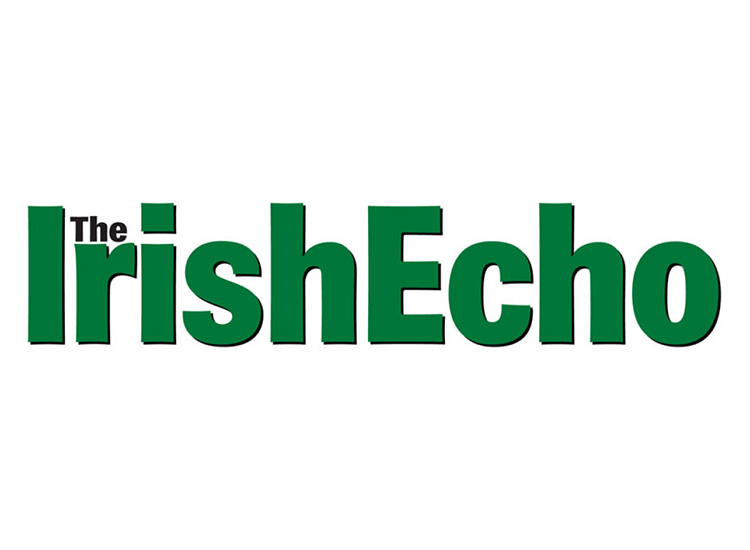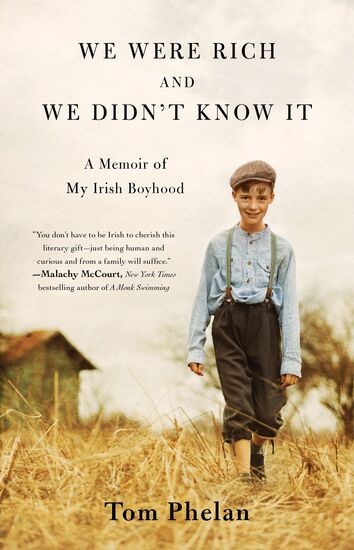Rory Sweetman.
Page Turner / Edited by Peter McDermott
Historian Rory Sweetman got the sort of endorsement for his latest work that anyone from his profession would hope for. The Sunday Business Post called “Defending Trinity College, Easter 1916” a “superb piece of historical excavation and a reminder than even well-trodden ground can sometimes yield up new treasures.”
Said the Irish-born Kiwi, who has written extensively on the Irish diaspora, “My book challenges the historical orthodoxy – most recently displayed in Tomas Irish, ‘Trinity in War and Revolution 1912-1925,’ RIA, Dublin, 2015 -- that Trinity College Dublin was never under serious threat of rebel capture and occupation during the Easter Rising. In it I reveal how five New Zealanders, acting as the core of a small squad of colonial troops, provided a vital shield to protect Trinity from capture by the rebels. Had the College fallen to a surprise attack on Easter Monday or Tuesday, its 324th year may well have been its last. In this case, nothing less than heavy and prolonged artillery fire or a long siege would have sufficed to dislodge and defeat the occupiers.”
Sweetman said: “This book offers a rich new source in the shape of letters written home by several of the New Zealanders caught up in the Rising. Their contents give fresh insight into important aspects of the insurrection and allow us to test some controversial claims made by the Anzacs against both Trinity’s own record of its Easter Week experiences and the various rebel accounts contained in Bureau of Military History witness statements and military service pension application files.
“More importantly,” he added, “they help to answer questions left unasked in previous studies: how close did Trinity come to being a central battleground in the Rising? How and why did it escape this grisly fate? And – not least – what might have happened but for the intervention of the colonial troops?”
“Little has been written on Trinity College’s role as ‘a loyal nucleus’ in Easter Week, dividing the insurgents and providing an effective counterweight to rebel headquarters in the General Post Office [John Joly, ‘Reminiscences and Anticipations’]. The College is usually mentioned in the context of the rebels’ failure to attempt its capture, and its co-option as a barracks in the later stages of the rebellion. Even more neglected are the men who helped to save Trinity from potential disaster at a time when it was virtually defenseless,” he said.
“Chapter one explores the historiography of the College’s defense, in which a focus on the alleged exploits of its Officers’ Training Corps has obscured both Trinity’s vulnerability to rebel attack and the role of the colonial troops in its survival,” said Sweetman, who was taken as a child from his native land to live with his family in New Zealand and returned to study history in TCD at age 22, (“self-funded through a year's labor in the Australian iron ore mines”).
“Chapter two discusses Trinity’s troubled relationship with Irish nationalism and its manifold attractions as a rebel target,” he said. “The turbulent first two days of the rebellion are the focus of chapter three, which charts how the defense of Trinity was accomplished, how haphazard and fortuitous was this process, and how near it came to disaster. Chapter four looks more closely at the colonial soldiery, especially the Anzacs, telling their personal stories, and examining the tales they sent back home concerning their Easter Week exploits,” said the author, who when at Trinity won a scholarship to Cambridge and has worked as a historian ever since.
“Chapter five is a counterfactual exercise, exploring what might have happened had Trinity College become an insurgent stronghold rather than ‘the main indigenous center of resistance to the rebels’ [Padraig Yeates, ‘A City in Wartime Dublin 1914-18]. It argues that Professor John Joly’s fears – while unrealized – were not unrealistic. The final chapter reveals what happened to the Anzacs and probes their motivations, refuting recent scholarship depicting them as reluctant conscripts, dragged unwillingly into a conflict that was none of their business. It attempts to put this episode of the Easter Rising into an imperial context, with Dublin as a theatre of battle in a global war.”
As indicative of national thinking, Sweetman has said of leading senior New Zealand politician Sir Joseph Ward, born in Australia to Irish parents, that he “turned the identification of Catholicism with Imperialism into almost an art form.”
In that fourth chapter, entitled “From the Uttermost Ends of the Earth,” the historian attempts to show how wedded New Zealand was to Britain and, as the most isolated of the dominions, was determined “to prove its worth to her,” in the words of one commentator.

Rory Sweetman
Date of birth: Nov. 4, 1954
Place of birth: Kilmeague, Co. Kildare
Residence: Nichol Street, Lake Hawea, New Zealand
Published works: Include “Bishop in the dock: the sedition trial of James Liston in New Zealand.”
What advice do you have for aspiring writers?
Make sure you get paid adequately for all the work that goes into researching, writing and producing a good book.
Name three books that are memorable in terms of your reading pleasure.
J.P. Donleavy, “The Ginger Man”; J.P. Donleavy, “The Story of the Ginger Man”; Patrick O'Farrell, “Vanished Kingdoms.”
What book are you currently reading?
Tim Pat Coogan, “Wherever Green is Worn.”
Is there a book you wish you had written?
Patrick O'Farrell, “Vanished Kingdoms.”
Name a book that you were pleasantly surprised by.
Tomas Irish, “Trinity in War and Revolution 1912-1923.”
If you could meet one author, living or dead, who would it be?
Dr. James Kelly (1877-1939).
What book changed your life?
JP Donleavy, “The Ginger Man.”
What is your favorite spot in Ireland?
Sliabh Coilta, New Ross.
You're Irish if...
you believe you are.








